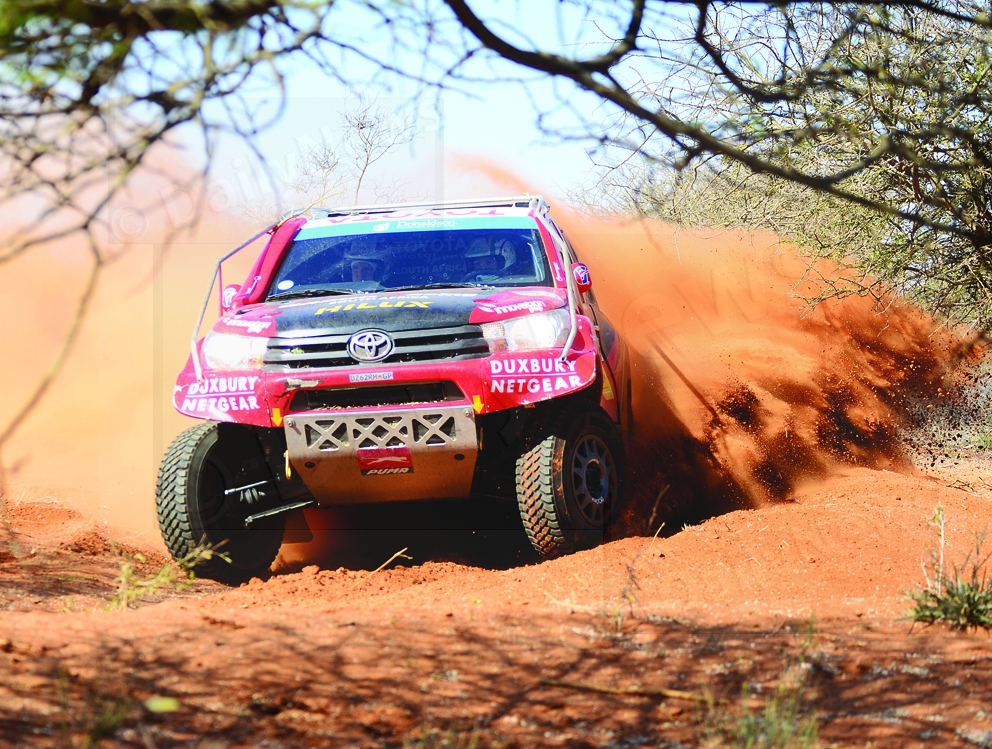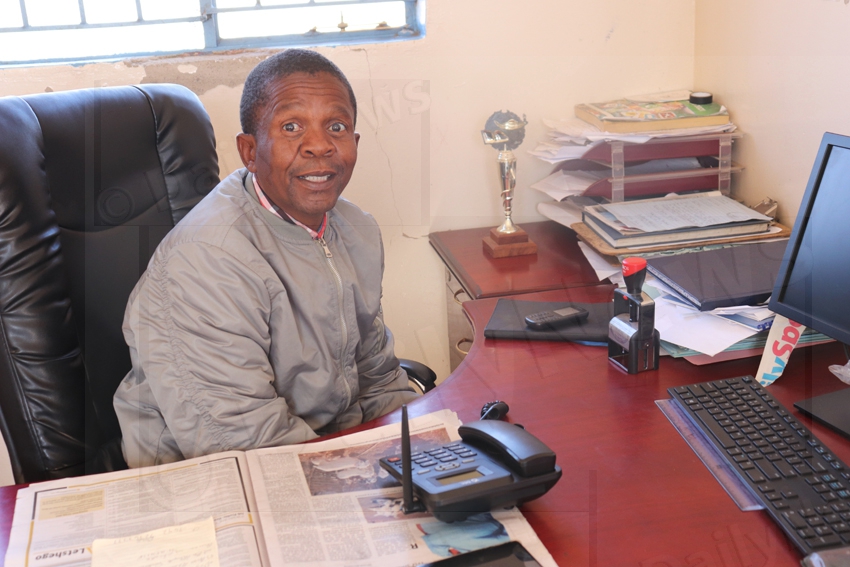Mantshwabisi a village in search of lost legacy
16 Oct 2024
Hidden five kilometres away from the tarred road from Molepolole to Letlhakeng in the Kweneng District, lies Mantshwabisi, a tiny village of just 795 people.
For years, this obscure community was thrust into the limelight, its name becoming synonymous with one of southern Africa’s most celebrated cross-country races, the Toyota Kalahari Botswana 1000 Desert Race.
The race brought excitement, thrill and a burst of international recognition to Mantshwabisi, north of Matlagatse on the road to Malwelwe, transforming it into a household name across Botswana. It was a time when the village thrived on the adrenaline of roaring engines, the dust of the desert and the influx of visitors from all over the continent.
The legacy of Mantshwabisi’s connection to the race lingers in the memories of those who witnessed its heyday. The stories of that fleeting moment of greatness are still shared among the villagers, a sign that the race has left an indelible mark on their collective consciousness.
Though the race no longer thunders through its rugged terrain, Mantshwabisi remains forever linked with one of the most epic sporting events in southern Africa’s history—a reminder of the village’s fleeting moment in the spotlight.
Today, the contrast between Mantshwabisi’s past glory and its present state is stark. As you venture into the village, the transformation is almost immediate. The bustling activity that once defined Mantshwabisi during the race days has given way to stillness and desolation.
The bumpy gravel roads, once teeming with spectators and competitors, now lead only to a sense of isolation. Life in Mantshwabisi has slowed to a crawl.
Where the villagers once basked in the excitement of the race, their daily lives now reflect a different reality. The thrill has faded, replaced by a slower pace of life. Women with babies strapped to their backs go about their routines while men gather in small groups for early morning drinks, perhaps trying to escape the harsh realities of their stagnant surroundings.
The Village Development Committee, tasked with driving local progress, faces an uphill battle in a place where opportunity and motivation seem to have dwindled.
The loss of the Mantshwabisi Desert Race has left a gaping void in the village’s economic landscape. According to Kgosi Dikaelo Tsiang, the race ‘put Mantshwabisi on the map'.
The event was more than just a race. It was a spectacle that brought international attention to the village. The influx of spectators and participants from across Botswana and beyond turned Mantshwabisi into a hub of activity, if only for a few days each year.
Now, with the roar of engines a distant memory, Mantshwabisi is left with the echoes of its former glory.
The race may have moved on but the village remains—a reminder of what once was and what could have been.
In the quiet moments, when the wind sweeps through the dusty streets, the people of Mantshwabisi are left to ponder their place in Botswana’s sporting history and what the future might hold for their forgotten village.
For the residents, the Mantshwabisi Desert Race was a once-in-a-lifetime opportunity pregnant with the promise of economic growth. The race had brought a brief but impactful surge in economic activity, providing the villagers with opportunities to sell goods, offer services and engage with visitors from far and wide.
But now, as the dust settled and the race moved on, that economic activity has vanished like a puff of smoke on a still day, leaving behind only a faint echo of what once was.
The frustration felt by Kgosi Tsiang is palpable as he reflects on the race’s departure.
Despite the environmental regulations that necessitated the relocation of the event every five years, the kgosi cannot help but wonder why Mantshwabisi, once the beating heart of this high-octane spectacle, was so easily cast aside.
Kgosi Tsiang’s thoughts linger on what might have been had the race remained, bringing with it sustained opportunities for growth and development.
In the absence of the race, Mantshwabisi has struggled to find its footing.
The lack of a tarmac road to connect the village with neighbouring communities stands as a stark symbol of its stalled progress.
Planned as part of the National Development Plan 9 (NDP 9), the road was supposed to be a catalyst for economic expansion, enabling easier access to markets and services. Yet, years later, the village remains isolated, its potential unrealised.
Kgosi Tsiang’s frustration with the unfulfilled promises is evident as he voices his concerns about the residents’ inability to develop their residential plots. Without proper infrastructure, the village is stuck in a cycle of stagnation, where dreams of growth and prosperity remain just out of reach.
The challenges faced by Mantshwabisi’s youth add to the kgosi’s worries. With few employment opportunities available, many young people find themselves without a clear path forward.
The temporary nature of the Ipelegeng community service programme, while helpful in the short term, does little to address the long-term needs of the village’s youth.
The result is a growing sense of disillusionment and a troubling rise in alcohol abuse - a problem that Kgosi Tsiang is determined to tackle head-on.
Despite these challenges, there is still a glimmer of hope in Mantshwabisi. Ms Kefilwe Terena, a resident of the village, believes that the small stock ranch, currently underutilised, could be developed into a source of employment and income for the community.
Her idea of converting old facilities at the local primary school into a preschool also presents a potential avenue for job creation, providing much-needed services to the village’s youngest residents.
The legacy of the Mantshwabisi Desert Race, once a source of immense pride, may now be little more than a memory. But the spirit of innovation and perseverance that was kindled during those glory days remains alive in the hearts of the village’s people.
With determination and the right opportunities, Mantshwabisi may yet find a way to reclaim its place as a village of promise and potential.
As the villagers continue to navigate the challenges of their present circumstances, they hold onto the hope that, in time, they will see Mantshwabisi rise again - not just as a memory of past greatness, but as a thriving community with a future as bright as the desert sun that once shone on their race. ENDS
Source : BOPA
Author : Lindi Morwaeng
Location : Mantshwabisi
Event : FEATURE
Date : 16 Oct 2024







